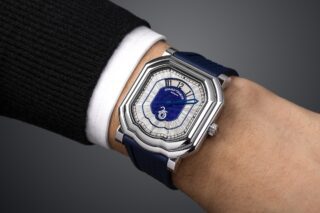This website uses cookies so that we can provide you with the best user experience possible. Cookie information is stored in your browser and performs functions such as recognising you when you return to our website and helping our team to understand which sections of the website you find most interesting and useful.
Shaping places: an interview with design maverick Jean-Michel Gathy
By Lauren Jade Hill | 5 June 2021 | Lifestyle
The veteran architect tells Tempus exclusively about his latest projects and the direction of contemporary hotel design
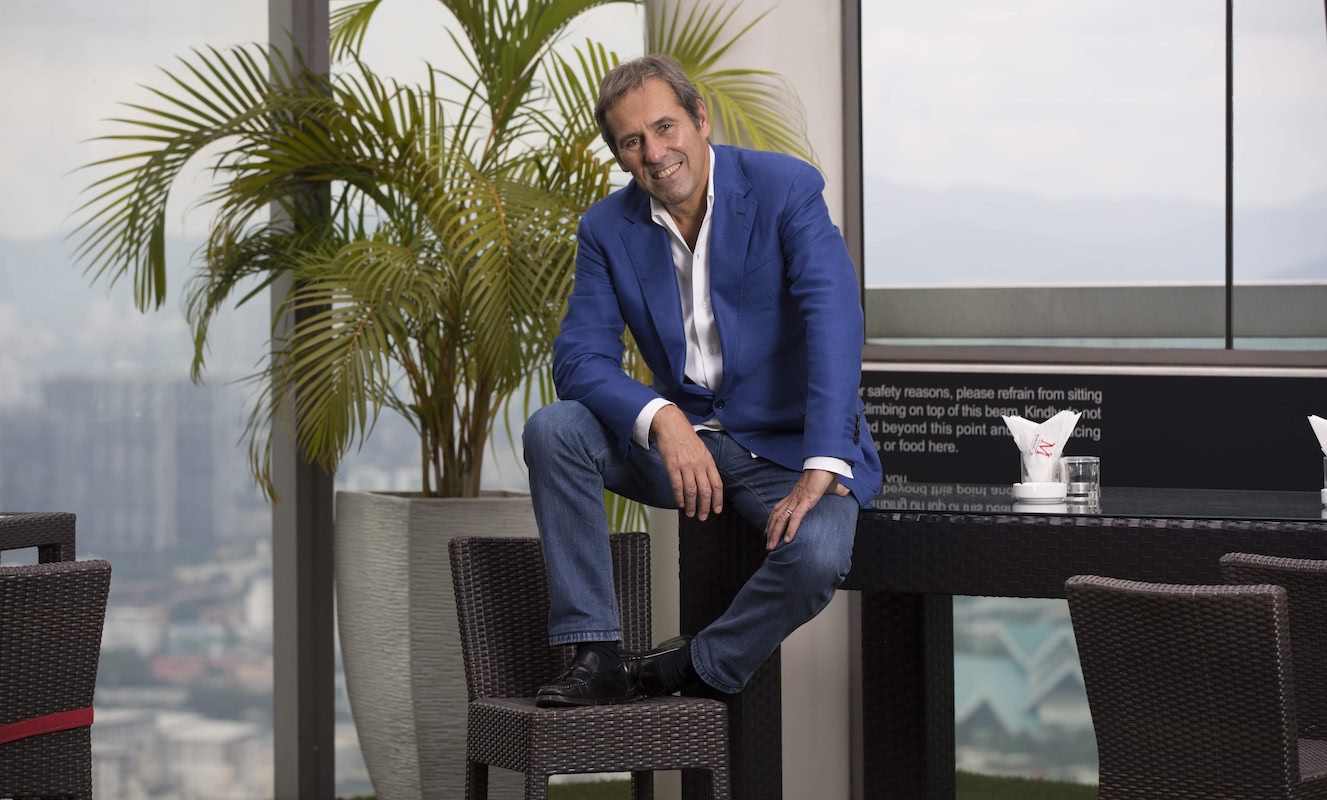
The luxurious Aman Venice, The Chedi Andermatt and Cheval Blanc Randheli: Jean-Michel Gathy is the man behind many of the world’s most talked-about hotels.
The French-Belgian architect has personally conceptualised all the high-profile projects for his Malaysia-based architectural firm Denniston since he founded the practice in 1983.
Naming the world’s most prestigious hospitality groups among its clientele, the studio has worked with everyone from Mandarin Oriental and Aman to One&Only, Four Seasons and Armani.
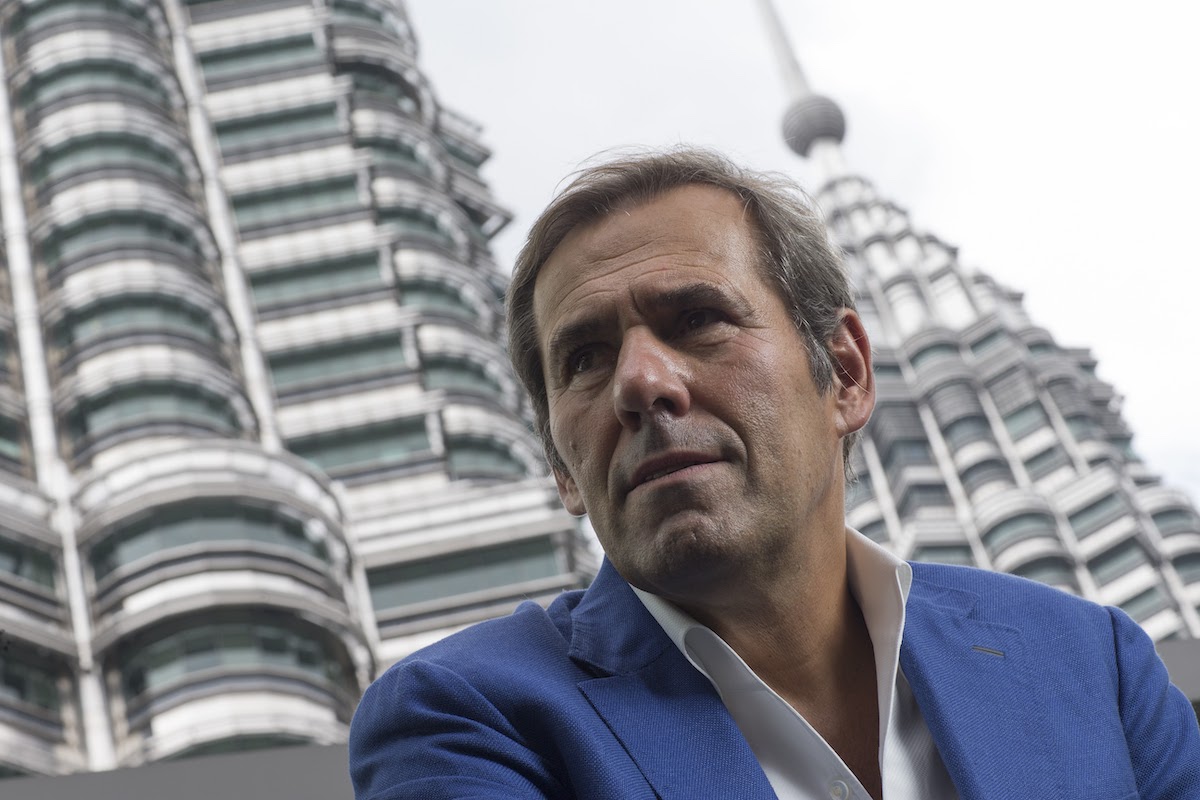
Taking inspiration from the design philosophy of Sri Lankan architect Geoffrey Bawa – who founded what’s now known as ‘tropical architecture’ – the renowned architect has developed a style blending Palladian symmetry and geometry with a more Asian concept of layering space with open flow, few doors and the creation of cosy privacy within one big volume.
What makes Denniston – and Gathy himself – so successful? “We’re not designing objects or commodities, we’re designing places to live. I believe what makes the success of a hotel is the fact people are comfortable and want to come back,” he says. “I believe our biggest achievement is to have created places, which, because they have identity referring to symbolism or cultural values of a country, are attractive and the reason many people return.
“What has made certain hotels renowned or successful is the fact we have drawn in a clientele of a certain niche by being creative, with a vision that’s culturally valid. They have the right comfort, the right symbolism and the right sense of place.”
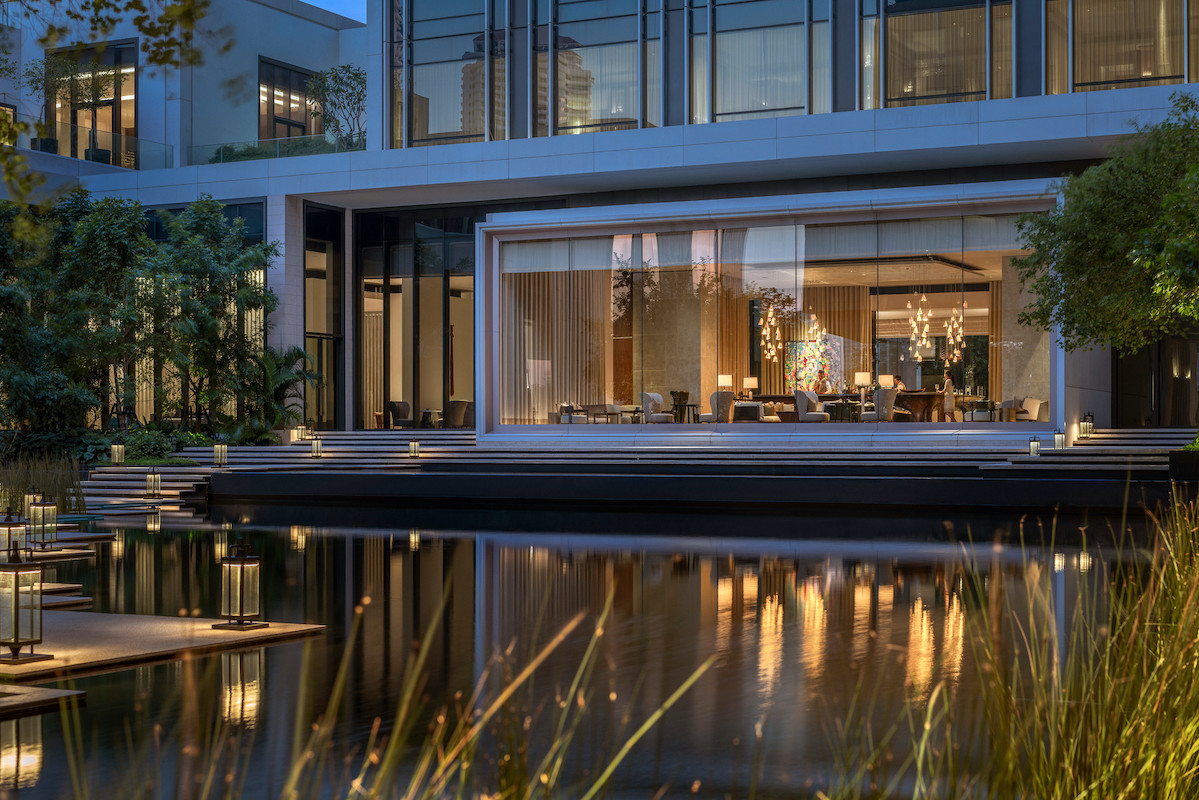
A WORLD OF FIRSTS
To attract luxury travellers to the hotels they design, Denniston comes up with first-of-their- kind design features that will inevitably draw attention to the project and ultimately bring the property widespread fame.
“We designed a 100m-long pool for The Yama Hotel Phuket, which at that time, 25 years ago, nobody else had done. And we came up with a swimming pool that goes into the entry area of The Chedi Andermatt, so you see people swimming when you arrive. We then designed the rooftop infinity pool of Marina Bay Sands. Why do people go to Marina Bay Sands? For 99% of them, it’s because of the pool.
“We’ve also created islands,” he continues. “Many resorts in the Maldives are now built on reclaimed islands, but the first one was made by us. We built One&Only Reethi Rah by enlarging the island’s existing 12 acres to 109. We created the notion that, if you are careful, with all the environmental considerations taken into account, increasing an island creates a new product.”
At Reethi Rah, Denniston was the first architectural practice to incorporate overwater nets instead of terraces for lounging in the sun and, in 2000, it was the first to put bathtubs in the suite’s main room. The practice was even credited with being the first to come up with the luxury tented camp concept.
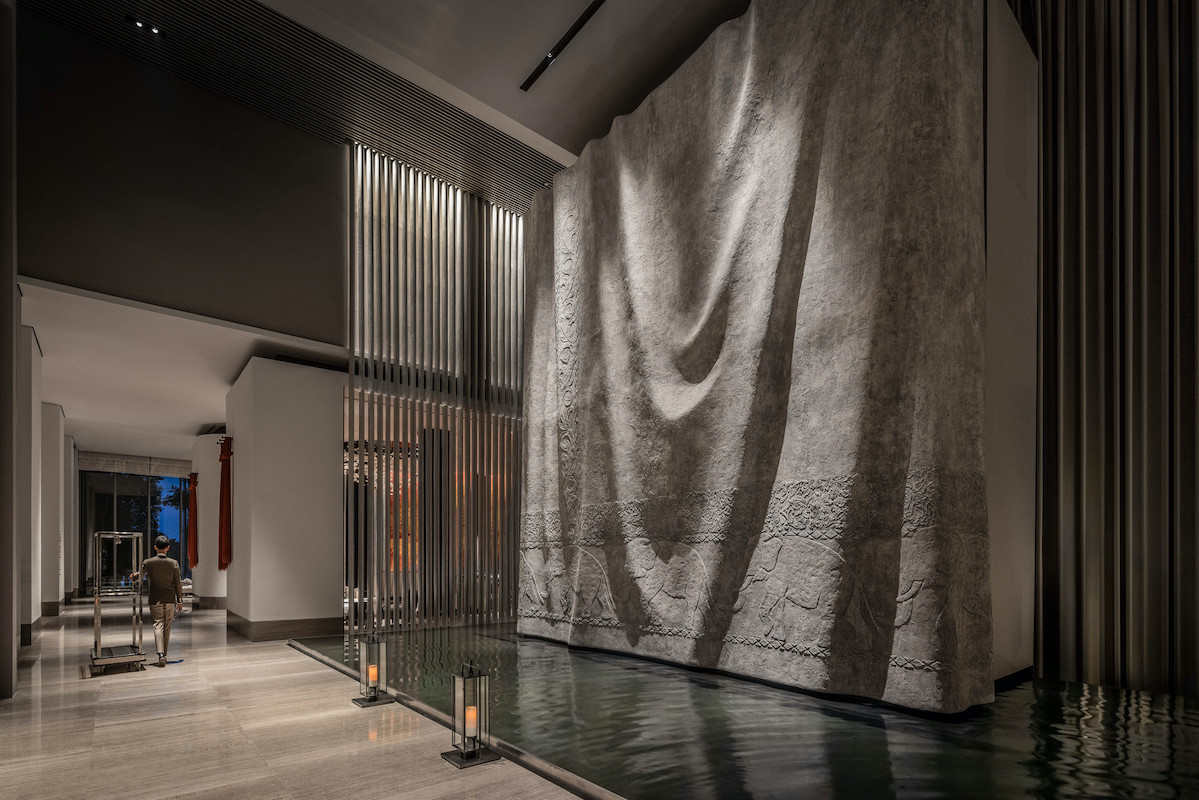
“The whole of Africa has long had tented camps, but years ago these were all very basic. They were just what you needed to be protected from the elements and animals – nobody took it to the next level.
In 1992, we created Amanwana [Aman’s resort in Moyo Island, Indonesia], which Condé Nast described as having pioneered the luxury tented camp. Now, if you look at the number of projects with this type of accommodation, it’s amazing. My company is working on four projects like this right now. We continue coming up with new concepts like these everyday.”
VISION OF THE FUTURE
In these Covid-19 times when how we use hotel space is being brought into question, architects are having to consider how they adapt to the new demands and navigate this transformative period. Describing how he believes hotel architecture will change due to the effects of the pandemic, Gathy uses an analogy:
“Two decades ago, any architect who was a ‘green architect’, one who designs to environmental protection, was a star – they had bragging rights. But then, progressively, rightfully, all the local and federal administrations turned that environmental approach into rules. Nowadays, what was an exceptionally avant- garde position has become an obligation.
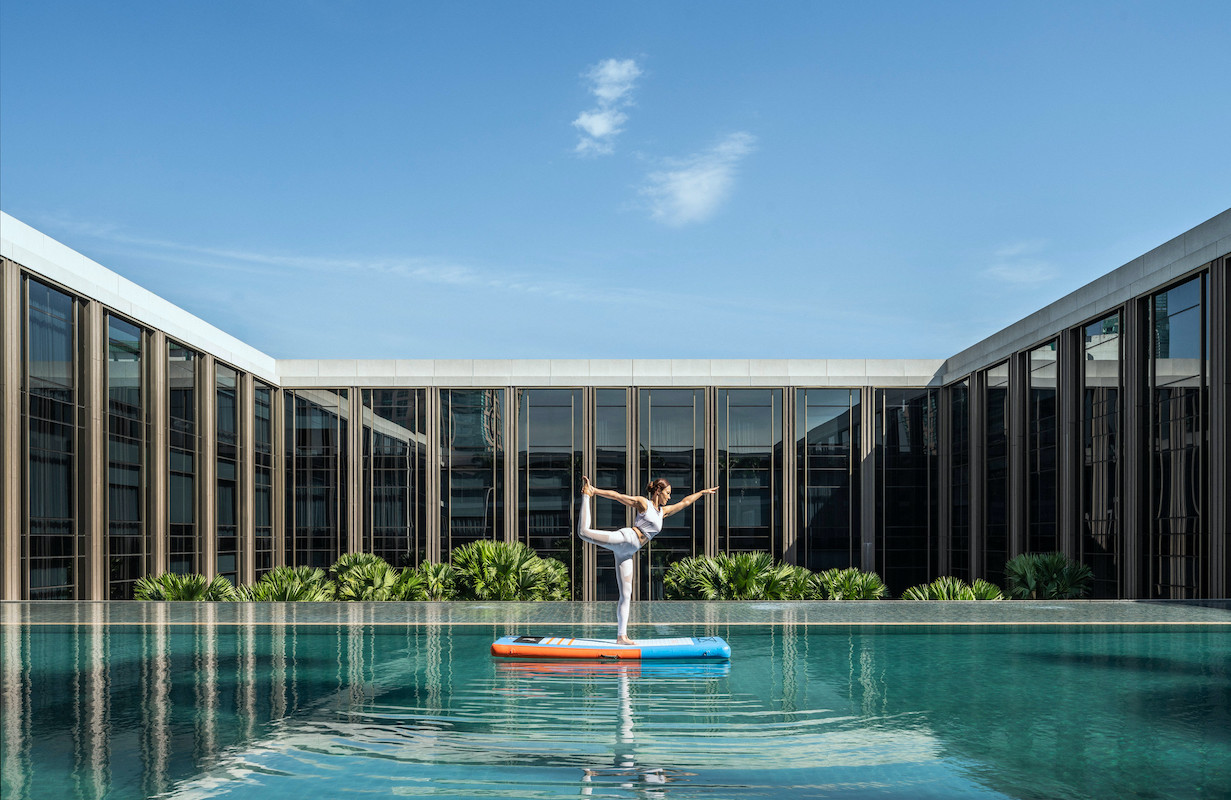
“Architects continued in their same ways by adapting to the new rules and, over 20 years, as a result, architecture, interior and landscape design have become more and more environmentally friendly,” he says. “As a guest you don’t notice those changes because they’re progressively assimilated.
“I think what’s happening now with health issues is the same,” Gathy adds. “We are going to be subject more and more to health considerations and these are going to be integrated into regulations. As a guest, you will not know the hotel is following these new regulations – they’re going to go in at the kitchen level with air-conditioning systems; and with swimming pools.”
He explains that the reduced number of seats in a restaurant, due to social distancing, will mean hotels will have more dining outlets and that sensors and voice recognition will replace remote controls for air conditioning. All these things will change progressively, without fundamentally changing the experience.
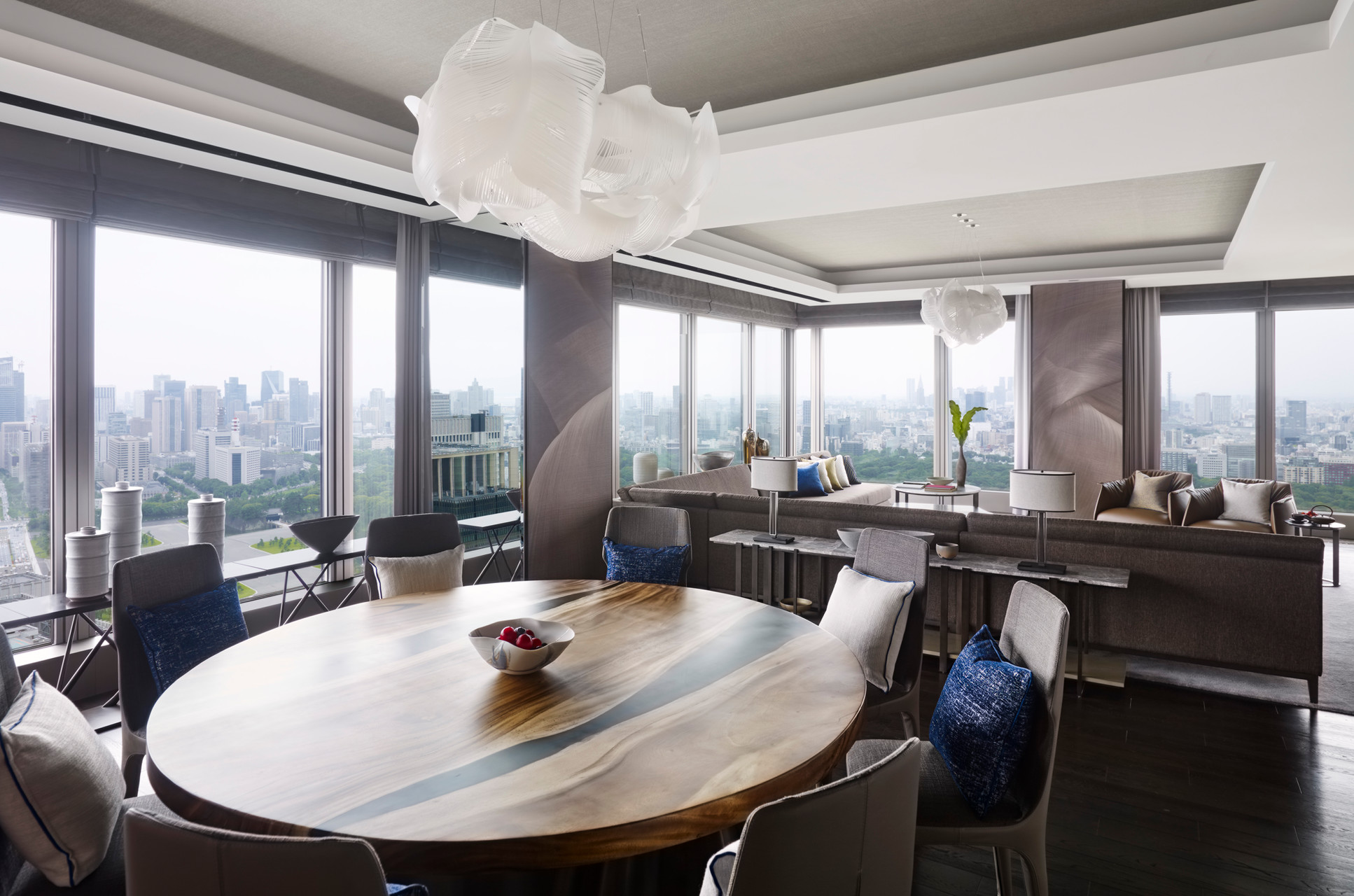
REFLECTIONS OF LUXURY
Gathy’s recently completed projects include the Four Seasons Hotel Bangkok at Chao Phraya River, which opened last December, and Four Seasons Hotel Tokyo at Otemachi, opened in September 2020. Upcoming launches include One&Only Portonovi in Montenegro and Jumeirah Bali – both due to open in May – and the highly anticipated spring opening of Aman New York. Denniston has also been named as masterplanner for Amaala Island in Saudi Arabia.
Aman New York’s spring debut coincides with the 100th anniversary of the Crown Building in which it is located. The hotel’s design pays tribute to this historic tower, while referencing Aman’s Asian roots. In this East-meets-West setting, designed with the New York lifestyle in mind, highlights include the three-storey Aman Spa with outdoor terrace and 20m pool, a jazz club, members’ club and indoor-outdoor restaurants with live cooking, a wine cellar and wraparound garden.
Amaala Island will take over an entirely different setting on the northwestern coastline of Saudi Arabia. Designed as “an immersive and interactive art-inspired jewel”, this major development of Prince Mohammed bin Salman Nature Reserve, which will be several years in the making, will comprise an art community, Arabic botanical garden and contemporary art museum among other lifestyle components. “This is truly unique,” he says. “Nothing like it has ever been planned before.”
So what does Gathy see as the future of hotel design? “In the luxury sector, hotel design is a reflection of a clientele niche’s lifestyle,” he says. “The hotel is a reflection of the cultural values of the environment and it’s a reflection of the architectural language of the country.
“Luxury hotels normally integrate socially and physically into the environment in which they are built. So, if the world changes and if lifestyle changes – for example, with social distancing – the design will be adjusted.”



